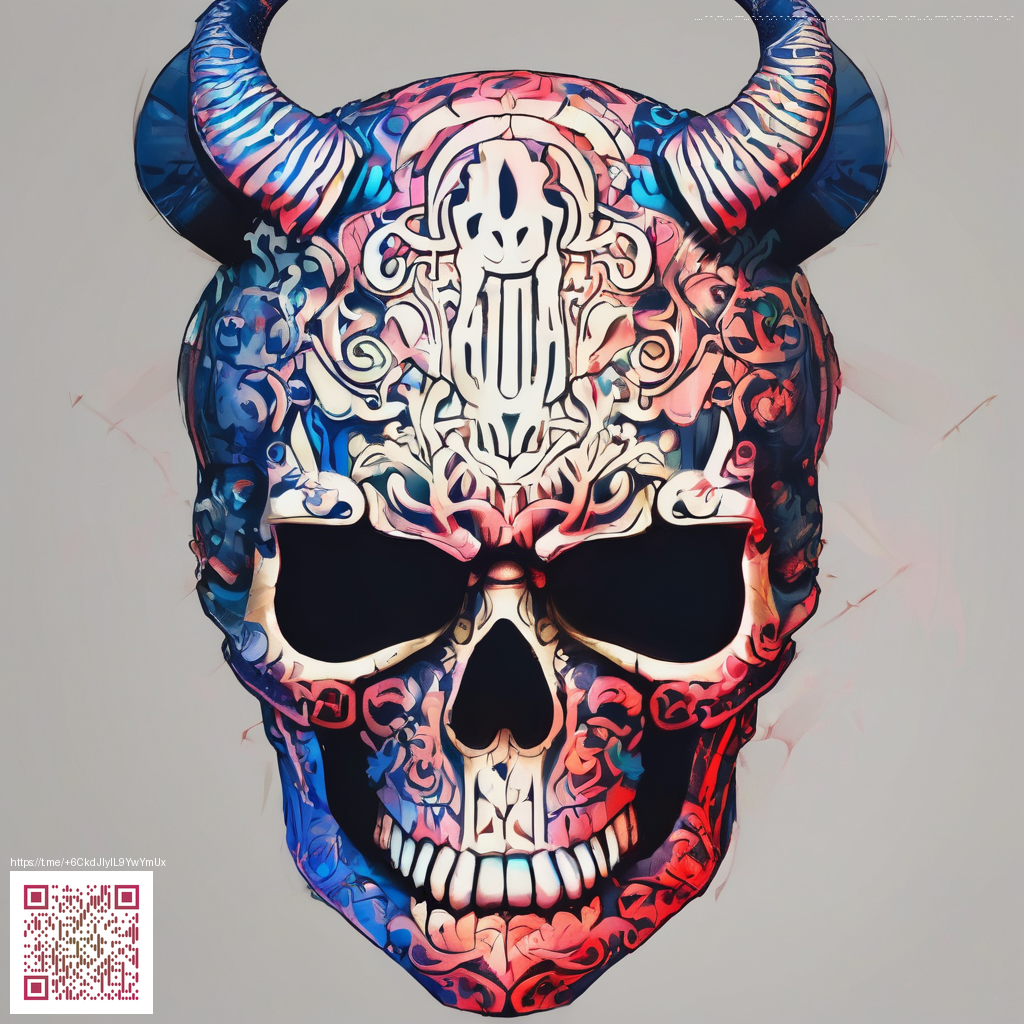
Advanced Figma Components and Variables: A Practical Guide for Designers
Design systems are only as strong as the components and tokens that power them. When you move beyond basic buttons and cards, you start to unlock a level of consistency that scales across teams, platforms, and projects. In this guide, we’ll explore how to master advanced Figma components and variables to build resilient design systems that adapt to changing requirements with minimal friction. Think of it as equipping your toolkit with the levers and dials you can use to tune entire interfaces in real time. 🚀✨
From Components to variants: what makes a library feel alive
At the core, a component is a reusable UI element. The power comes when you group related components into component sets and use variants to represent all possible states—enabled, disabled, hover, pressed, and even error states. When you design with variants, you’re not duplicating effort; you’re expanding possibility without sacrificing consistency. This approach also reduces the cognitive load for engineers who rely on predictable naming conventions and predictable states. 🧩
In practice, you’ll create a base button, a base input, and then a button with variants that covers primary, secondary, and ghost styles. The moment you change a token or rule, every instance in your file updates accordingly. It’s like watching a symphony conductor adjust tempo, and the entire orchestra responds in harmony. 🎶
Variables and tokens: designing with living design tokens
Figma Variables allow you to declare design tokens for colors, typography, spacing, and more, turning hard-coded values into dynamic references that can be swapped across your entire system. This is where consistency meets adaptability. For mobile design, you might create color tokens that shift accessibly in different themes or daylight conditions, while typography tokens control a scalable type ramp that stays harmonious across breakpoints. When you wire these variables to your components, state changes propagate instantly, minimizing drift and manual updates. 💡
To get the most value, name tokens clearly and group related tokens into logical categories: color, typography, spacing, and elevation. This makes it easier for designers and developers to locate and adjust tokens without breaking dependencies. Also, consider layering semantic tokens (like surface and text) on top of raw color values so you can adapt to new palettes without touching hundreds of UI nodes. 🔗
Practical techniques to elevate your workflow
- Plan your system first: map out components, their variants, and the tokens they consume before you start building. This reduces rework and keeps teams aligned. 🗺️
- Use nested components: build complex UI as a constellation of smaller parts. This modularity pays off when you need to update a layout or swap an icon across a family of screens. 🧱
- Leverage auto layout with components: combine the flexibility of auto layout with the precision of variants to create responsive, adaptive UI blocks. 📐
- Inline tokens for speed: attach tokens directly to properties so designers see live values while prototyping. This speeds up iterations and reduces miscommunication. ⚡
- Versioning and naming discipline: adopt a clear naming convention for components, variants, and tokens. When teams onboard, a well-documented library is invaluable. 🧭
- Cross-file synchronization: use Libraries to share components and tokens across files, ensuring a single source of truth. 🔗
- Auditing and governance: periodically prune unused variants and tokens to prevent bloat while preserving historical context. 🧹
“A well-structured component system acts like a language for your product—once you define its grammar, everyone communicates with clarity.” 💬
Bringing theory to real-world projects
Though this topic sits firmly in the realm of design systems, it’s worth noting how real-world products can benefit from these techniques. For designers who prototype features tied to physical products or retail experiences, systems that scale with tokens and variants help keep the fake screens aligned with the product’s identity. Taking a moment to model a product page or configuration flow with a tokenized color scale and stateful components can pay dividends when handing off to developers. And if you’re curious about bridging design practice with tangible goods, you can check a related resource for practical context—such content can spark fresh ideas and patterns that translate into your Figma files. 🔍
As you refine your approach, you might come across examples that feel unrelated at first glance. That’s when it helps to remember that design tokens are about consistency across surfaces—apps, web, print, and packaging all benefit from the same governance. A sleek, glossy case for a new device, for instance, can be a reminder of how subtle tokens influence micro-interactions in UI, from the tint of a shadow to the curvature of a corner. This cross-pollination often leads to more cohesive experiences. 🎯
For a broader perspective on applying these ideas to more ambitious projects, consider reading content from a related resource: this guide on Solana Acolytes provides thoughtful approaches to building scalable interfaces and design systems in complex environments. https://solanaacolytes.zero-static.xyz/f24899ce.html 🔗
To bring a practical, tactile example into your thinking, imagine pairing your Figma workflow with a real-world accessory, such as the Slim Glossy Phone Case for iPhone 16. The durability and finish of that product mirror how precise tokens and variants keep a UI consistent under stress—whether you’re testing on-device or presenting to stakeholders. 🧪📱